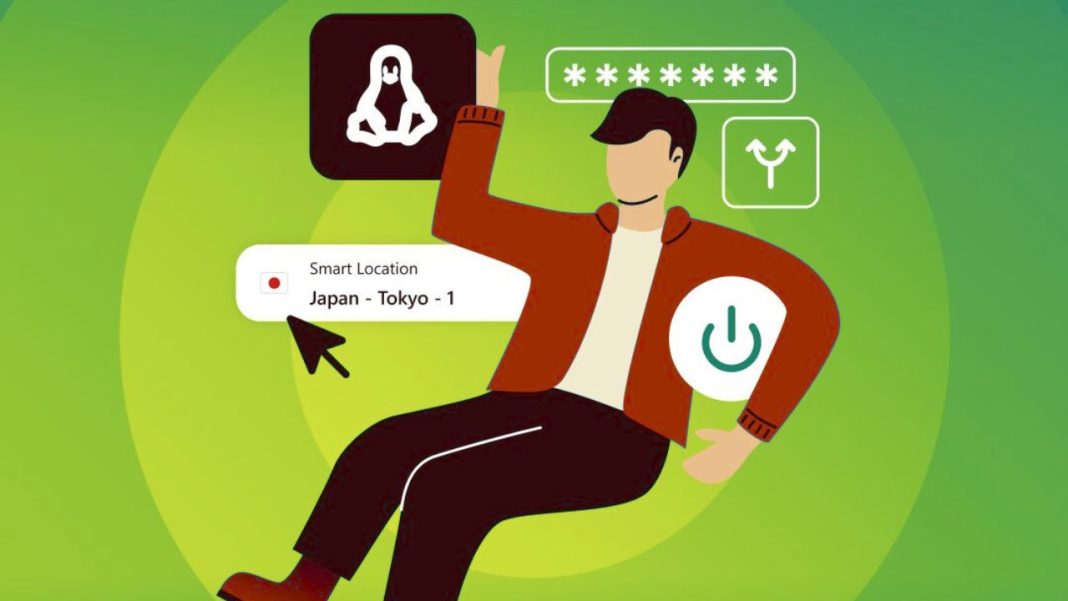AI-driven productivity tools are revolutionizing the way students learn and professionals innovate in 2025. These applications offer intelligent automation, personalized learning, and enhanced collaboration across industries.
Below are five of the most impactful AI tools reshaping education, innovation, and technology this year:
1. Microsoft Copilot+ (365 Suite)
Microsoft’s Copilot+ is embedded within Word, Excel, PowerPoint, and Teams, transforming traditional workflows into AI-automated tasks.
Key Features:
- Auto-generates reports, presentations, and emails.
- Real-time meeting summaries and action items.
- Arabic voice commands and localized document formatting.
Usage Example:
Students use Copilot+ to draft research reports, while professionals automate financial data analysis in Excel. In Gulf countries, Arabic-speaking teams use its voice-driven commands for efficient task execution.
Importance:
Enhances productivity in office tasks, supports academic content creation, and bridges language barriers in corporate communication.
2. Notion AI 2.0
An advanced workspace assistant, Notion AI 2.0 transforms note-taking, project management, and team collaboration into an intelligent, auto-organized system.
Key Features:
- Auto-generates meeting notes, task lists, and project timelines.
- Personalized dashboard adapting to user workflow.
- RTL (Right-to-Left) Arabic interface for bilingual documentation.
Usage Example:
Students organize research notes while startups in the Gulf manage client projects with multilingual collaboration.
Importance:
Empowers innovation by reducing manual planning, facilitating structured learning, and supporting bilingual users.
3. Otter.ai 2025 Edition
Otter.ai is redefining transcription with real-time speech-to-text in Arabic, catering to educational institutions and corporate environments.
Key Features:
- Live Arabic transcription with 95%+ accuracy.
- AI-generated meeting summaries and keyword highlights.
- Accent and dialect recognition for Gulf Arabic speakers.
Usage Example:
Universities in UAE use Otter to transcribe lectures, while businesses document meetings for record-keeping.
Importance:
Boosts accessibility in learning environments, simplifies documentation, and enhances clarity in multilingual workplaces.
4. Tavus AI
Tavus AI allows users to create hyper-personalized video messages by cloning their voice and face.
Key Features:
- AI-driven video personalization at scale.
- Arabic voice synthesis and subtitle generation.
- Custom scripts for marketing, education, and communication.
Usage Example:
E-learning platforms in Saudi Arabia use Tavus for creating localized tutorial videos. Businesses use it for personalized client communication in Arabic.
Importance:
Enhances engagement in online learning, marketing, and corporate training through culturally relevant content.
5. Khanmigo by Khan Academy
Khanmigo is an AI-powered tutor providing interactive, personalized learning experiences.
Key Features:
- AI-guided lessons across multiple subjects.
- Arabic language support with localized learning modules.
- Real-time feedback for students and educators.
Usage Example:
Schools in the Gulf use Khanmigo to offer personalized after-school tutoring in Arabic for STEM subjects.
Importance:
Empowers students with tailored learning paths and helps educators deliver interactive and accessible lessons.
Conclusion:
These AI tools are driving innovation in education and professional environments, making learning more accessible and workflows more efficient, especially for Arabic-speaking users in Gulf countries.
Read More: Freelancers Drive UAE Economic Growth: The New Workforce Revolution



